NHS Fife has the worst A&E waiting times in Scotland.
Fife’s performance has been subject to continued criticism.
Latest waiting times point to things getting worse as Fife is now at the bottom of the table.
The news has led local politicians to call for NHS Fife and Health Secretary Humza Yousaf to “get a grip” of the crisis.
We are asking what is causing problems and what’s being done to solve it?
Across Scotland, there’s a standard that 95% of patients should be seen within four hours.
But it’s not been met since 2017.
Fife’s performance has been criticised repeatedly by local politicians.
And this week, we launched new health waiting time trackers so you can see what’s happening in your area.
What do figures say for Fife?
For the week ending July 17 figures show:
- 1274 attendances to emergency departments in Fife
- 54.2% were seen within four hours
- 67.9% were seen within four hours nationally.
‘Worst we have seen’
Alex Rowley MSP says the figures point to an “NHS board in crisis.”
He’s demanding action from management at NHS Fife and Health Secretary Humza Yousaf.
“These are the worst accident and emergency figures we have seen in Fife.
“The fact Fife now has the worst figures of all Scottish health boards demonstrates just how bad thing have got,” he says.
“Overworked and undervalued NHS staff are working to exhaustion.
“But they are being failed by management and by a government that increasingly looks like it has lost control of the situation.
“This is a scandal that will only get worse unless they get a grip of the situation.”
‘They deserve better’
Murdo Fraser MSP adds: “These latest waiting times for Fife are a real concern.
“They show the percentage of people seen within the target of four hours has plummeted from 70.9% on June 26 to just 54.2%.
“Health Minister Humza Yousaf needs to get to grips with the situation in Fife.
“A&E patients will rightly be very aggrieved and frustrated the waiting times for A&E are actually getting worse.
“They deserve a lot better than this.”
Why are A&E targets in Fife not being met?
NHS Fife director of acute services, Claire Dobson, says it’s important to remember the emergency department is impacted by a range of factors.
It also doesn’t operate in isolation.
She says the hospitals are “extremely busy” at the moment due to:
- Increase in demand for inpatient care
- High numbers of people going to the emergency department – including highest daily attendances in recent weeks and months
- Bed pressures elsewhere in the acute hospital and within community hospitals
- Staff absence because of Covid across the health and social care sector.
What if I have to wait?
Everyone who attends A&E is assessed and triaged.
Those who are most unwell are seen very quickly.
And others who need to wait are cared for and monitored too.
Claire Dobson goes on to explain: “Our emergency access performance, while some way short of pre-Covid levels, has regularly bettered the national average, despite the unprecedented pressures on services.”
She admits it’s likely pressures will remain for some time yet.
But adds: “With the numbers of Covid infections again beginning to show signs of receding, we expect to see performance return to around a similar level as we saw earlier this year.”
Are management listening to NHS staff?
NHS Fife chief executive Carol Potter says they meet regularly with staff representatives and trade unions to listen to feedback and take action.
She adds the priority is to ensure health and wellbeing of staff. And they’re working with colleagues across the health and care sector to find solutions to the pressures.
While being “acutely aware of the significant and unrelenting pressure” staff are experiencing, she adds: “Sadly, there is no immediate quick fix or silver bullet to these complex challenges.”
What’s the Government doing?
A Scottish Government spokesperson says despite the pandemic, Scotland continues to have the best performing A&Es in the UK.
But increasing numbers of Covid inpatients meaning reduced capacity in hospitals and staff absence are having an impact on delays.
“Despite this extreme pressure, latest stats show more than two-thirds of patients are being seen in our A&E departments within the four-hour target,” they add.
And the Urgent and Unscheduled Care Collaborative programme, supported by £50 million, will support the implementation of a range of measures to reduce waiting times.
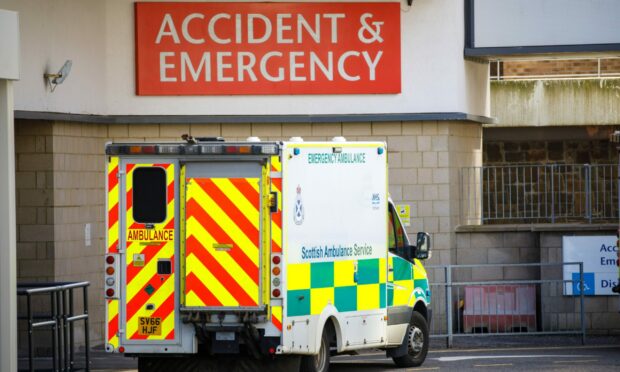
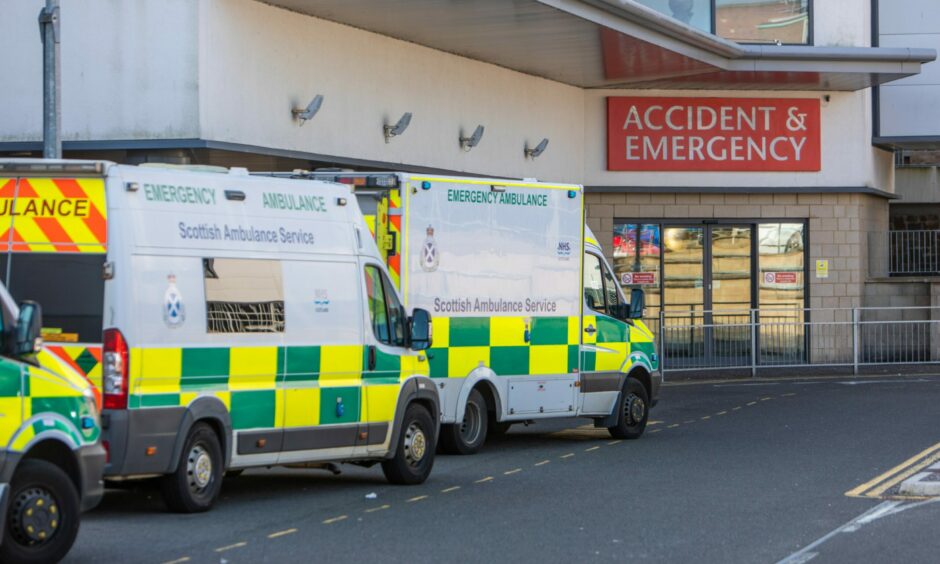
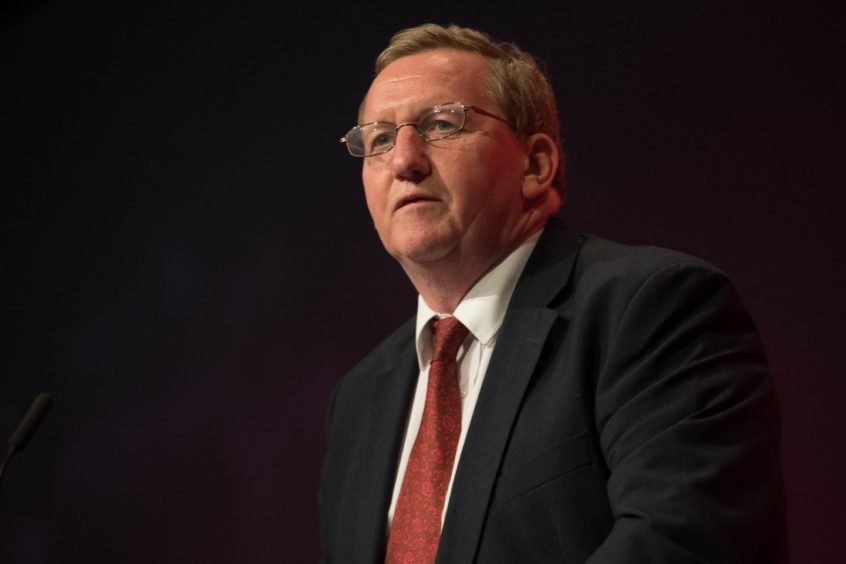

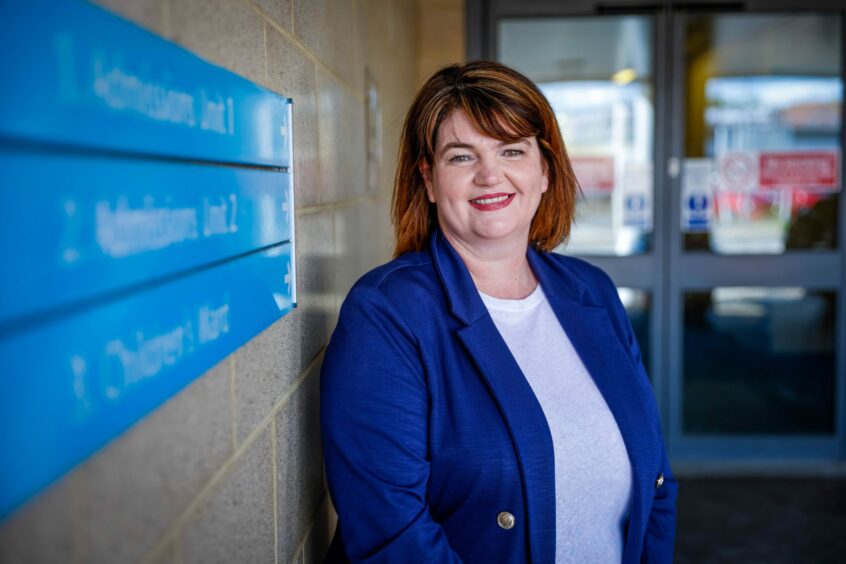
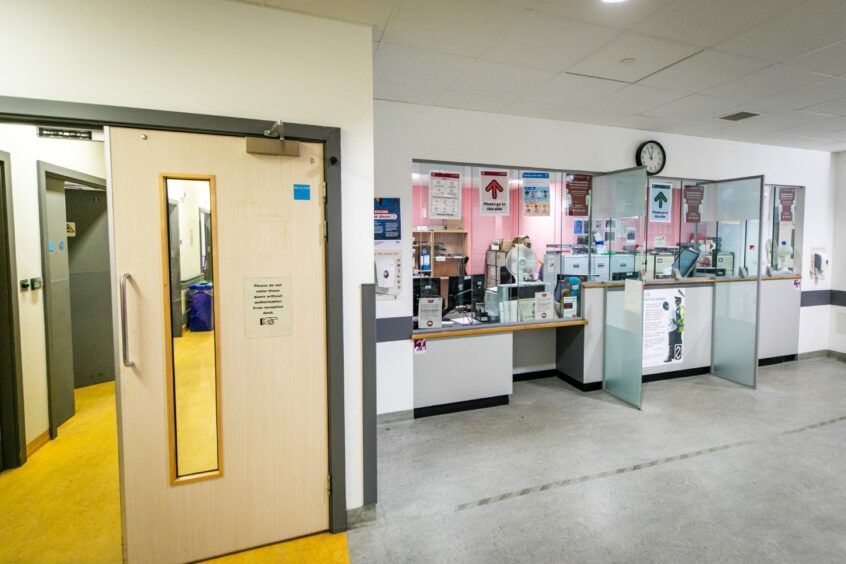
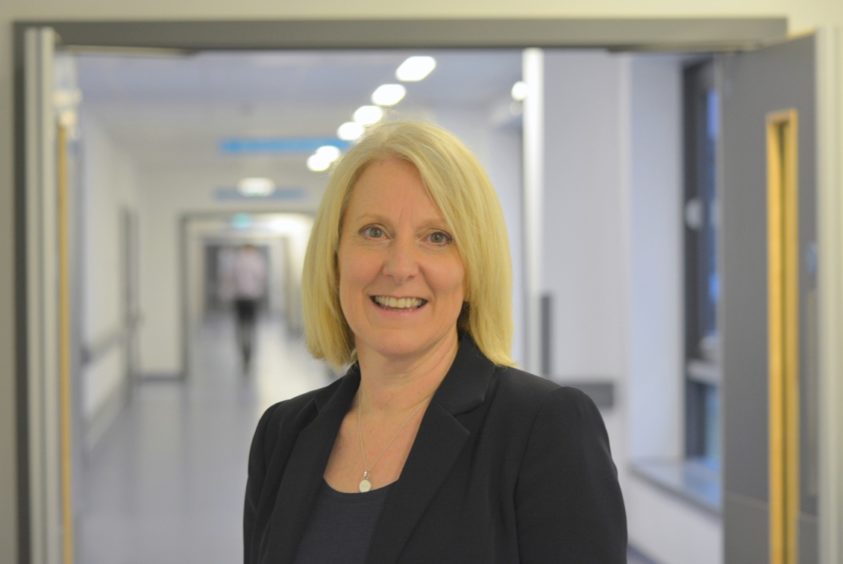


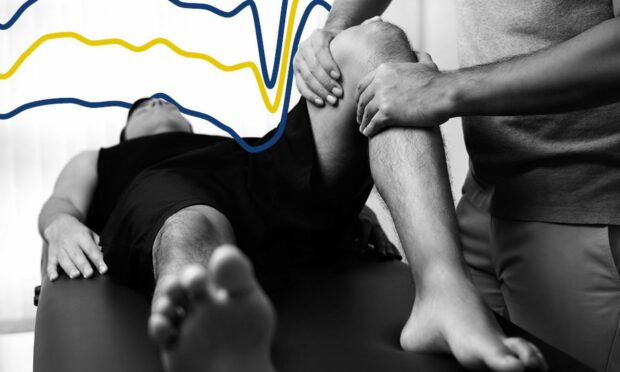
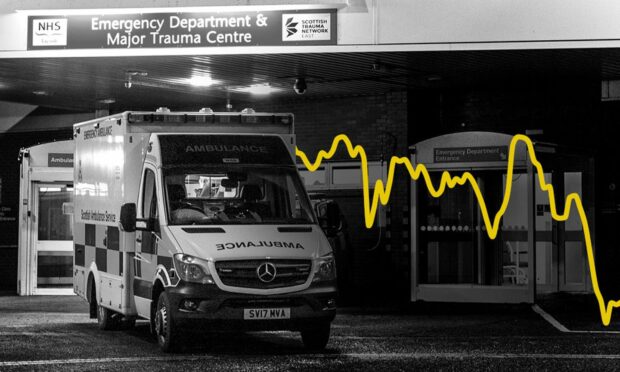





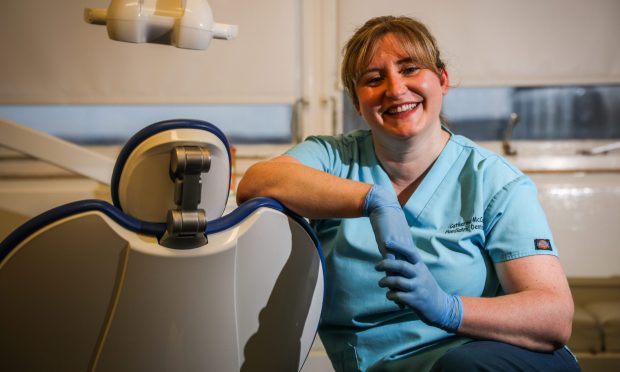





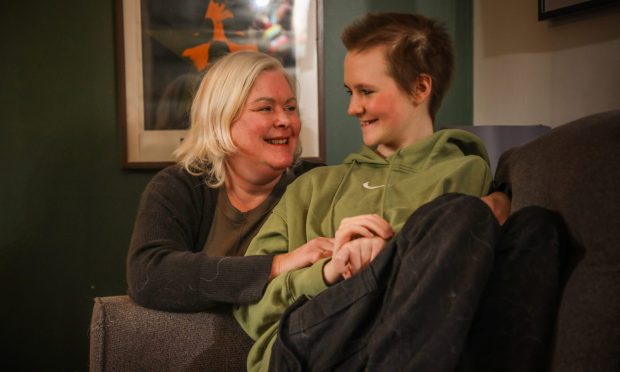
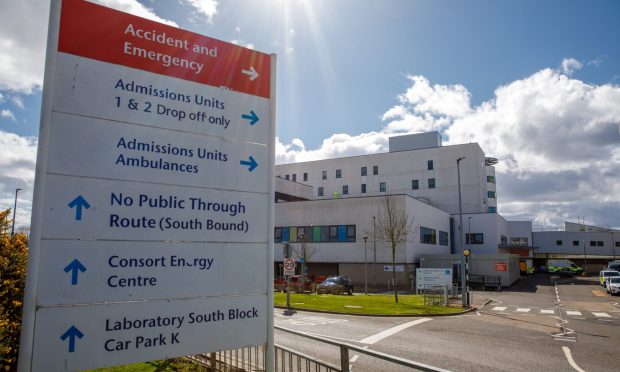
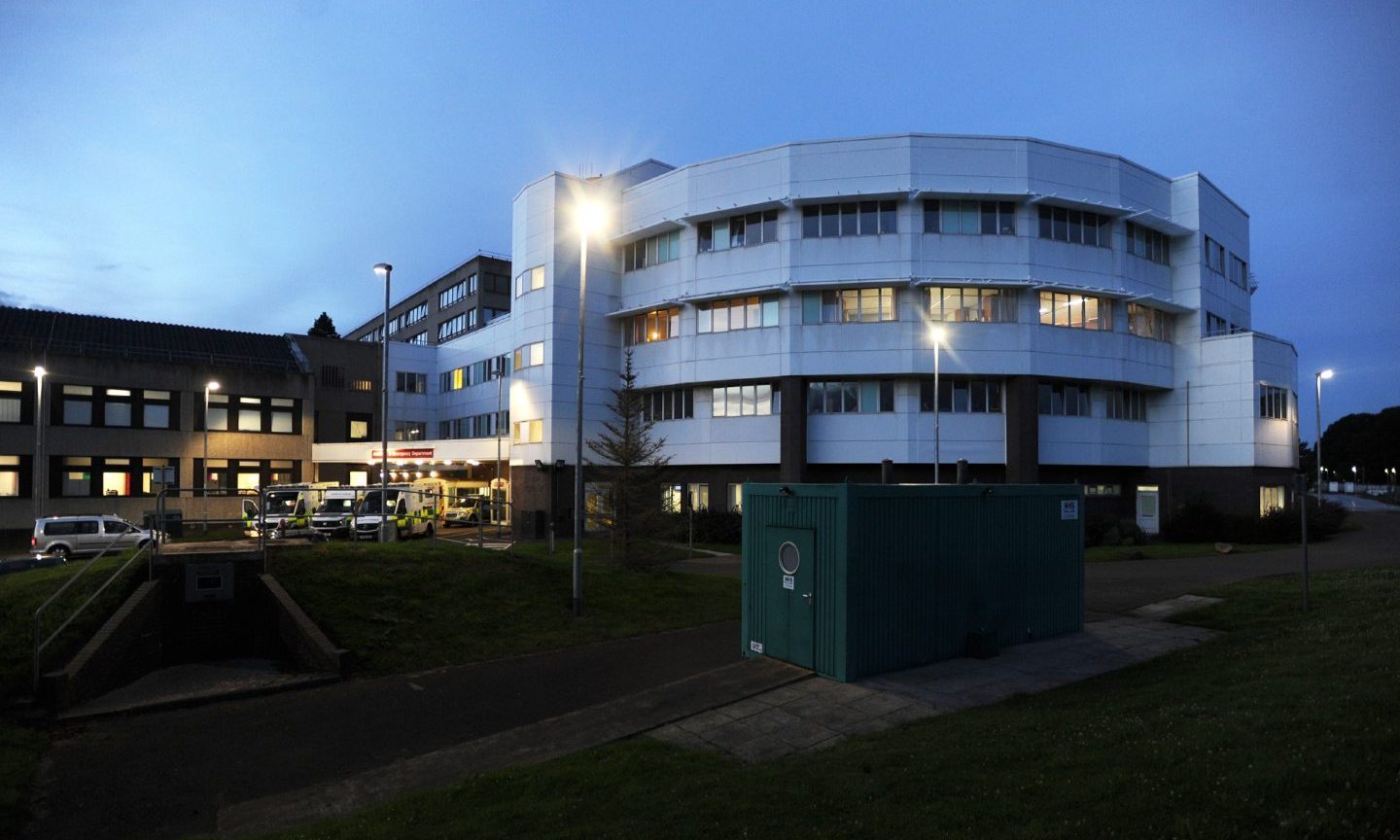

Conversation